Long-Term Outcomes of Spinal Decompression Therapy for Chemotherapy-Induced Neuropathy
July 7, 2025
9 min

Understanding the Challenge of Chemotherapy-Induced Neuropathy
Chemotherapy-induced peripheral neuropathy (CIPN) represents a significant clinical challenge, affecting a substantial number of cancer survivors. Characterized by nerve damage resulting from chemotherapy agents, CIPN leads to symptoms such as pain, numbness, and impaired mobility, which can persist long after treatment ends. Conventional management often offers limited relief, prompting interest in advanced therapies like spinal decompression. This article examines the long-term outcomes of spinal decompression therapy for CIPN, exploring clinical evidence, mechanisms, and patient expectations to provide a comprehensive insight for both clinicians and affected patients.
Current Understanding of Chemotherapy-Induced Peripheral Neuropathy Recovery
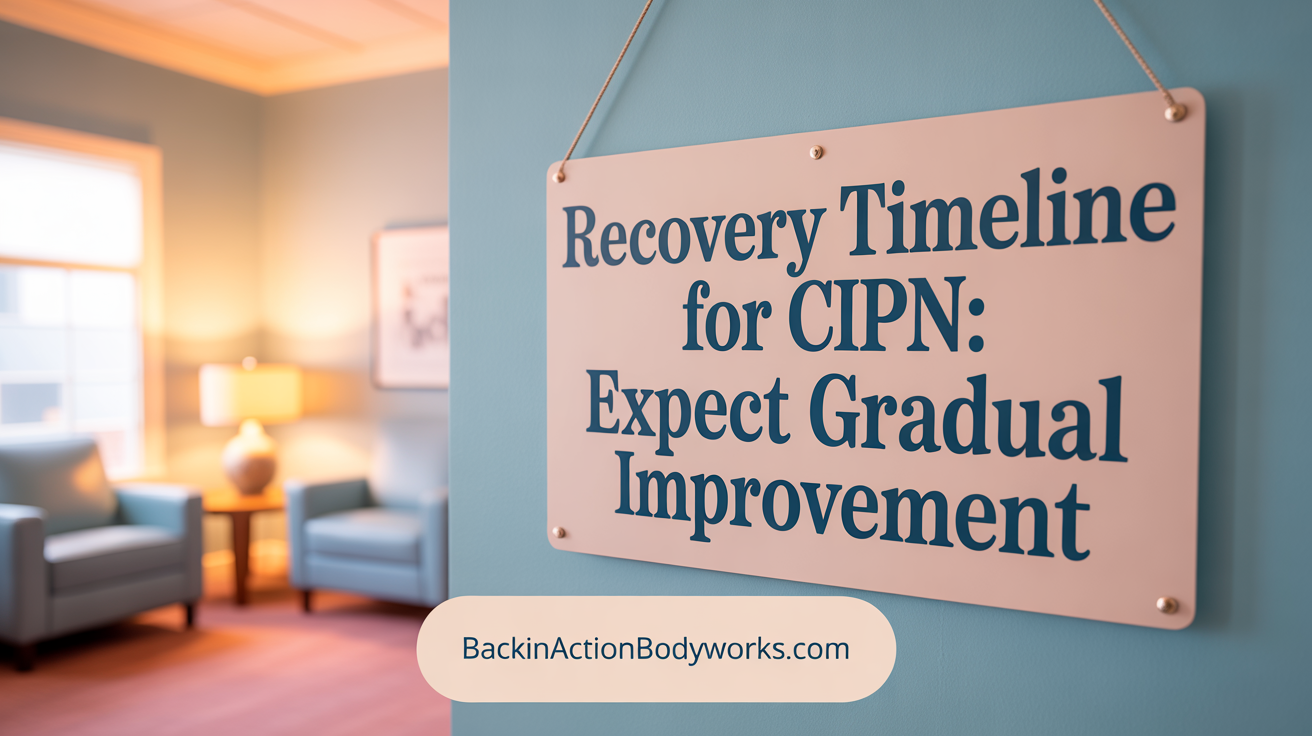
Does chemotherapy-induced peripheral neuropathy (CIPN) improve over time?
Many patients experience some degree of recovery from CIPN after completing chemotherapy. Evidence suggests that symptoms such as numbness, tingling, and weakness often decrease gradually over the months following treatment. In fact, many individuals notice notable improvements within the first few months, with some achieving complete symptom resolution.
However, this healing process can vary widely among patients. While some may recover fully within a year, others may continue to experience residual symptoms for many years. This variability depends on several factors, including the specific chemotherapy agents used, the cumulative dose received, and individual health conditions.
Even with improvement, some patients may have lingering neuropathy, which can impact daily activities and quality of life. Understanding that recovery is often a gradual process helps set realistic expectations for patients and clinicians alike.
In summary, CIPN can improve over time, but the pace and extent of recovery are individual. Ongoing research aims to better understand the mechanisms behind nerve healing and to develop interventions that can accelerate recovery and reduce long-term consequences.
Mechanisms and Therapeutic Rationale for Spinal Decompression in CIPN
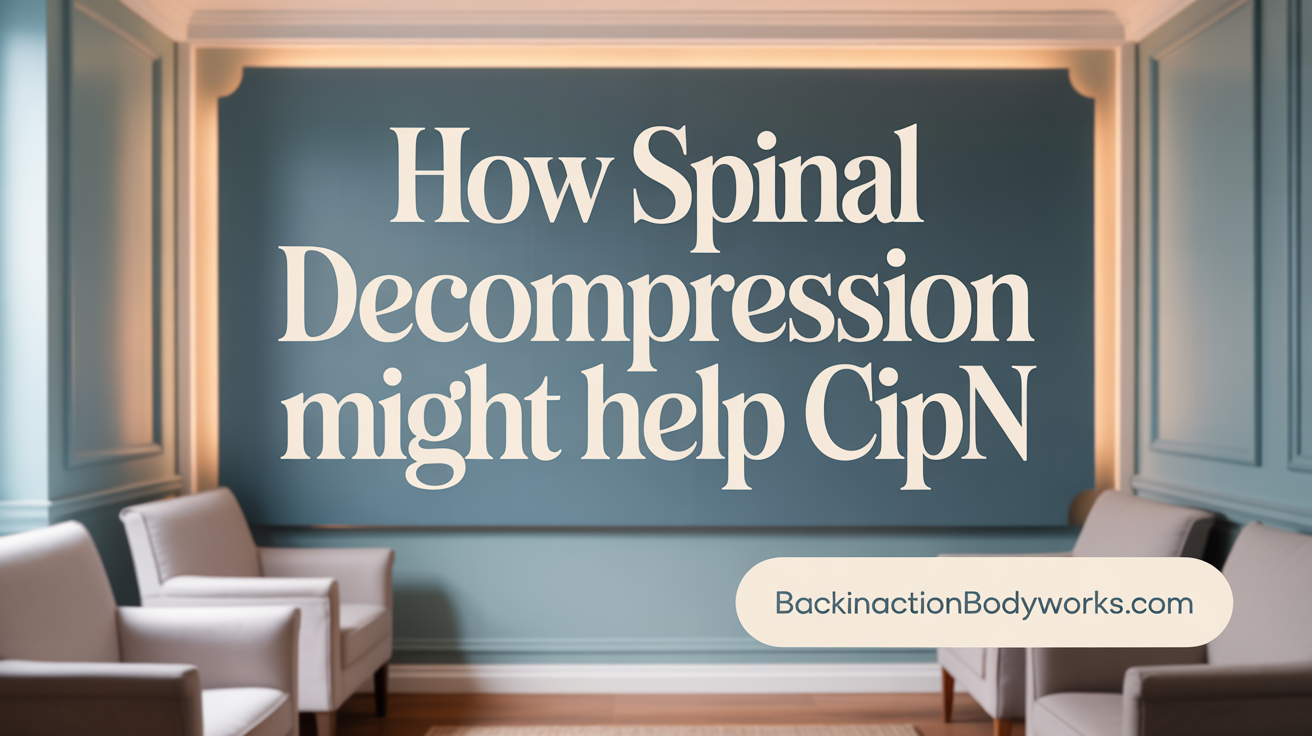
What is the role of small fiber neuropathy in CIPN?
Chemotherapy-induced peripheral neuropathy (CIPN) primarily involves small fiber neuropathy, which affects A-delta and C fibers responsible for temperature and pain sensations. Damage to these fibers results in sensory deficits, such as numbness, burning pain, and altered temperature perception. This nerve damage often correlates with the severity of symptoms experienced by patients.
Understanding this pathophysiology is crucial because it highlights the possibility that targeting nerve health could alleviate symptoms. For instance, therapies that improve nerve function or repair damaged fibers may help restore sensory function and reduce discomfort in CIPN.
How does spinal decompression target nerve compression?
Spinal decompression procedures aim to relieve pressure on nerve roots caused by conditions like spinal stenosis, herniated discs, or other spinal canal abnormalities. By performing surgeries such as laminectomy or discectomy, compressive structures are alleviated, allowing nerves to regain space and function.
This approach is especially relevant when nerve compression contributes to neuropathy symptoms. In cases where nerve entrapment or impingement exacerbates peripheral nerve damage, decompressing the spine can reduce ongoing irritation and aid in nerve recovery.
What are the potential neurophysiological effects of decompression therapy?
Decompression therapy may foster several neurophysiological benefits. It can improve local blood flow, reducing inflammation and promoting nerve regeneration. Enhanced circulation supplies essential nutrients and oxygen, supporting repair processes.
Additionally, relieving mechanical pressure decreases nerve irritation, which can inhibit aberrant nerve signaling responsible for pain and sensory disturbances. Some evidence suggests that decompression could modulate nerve pathways, possibly restoring more normal sensory function, like improved responses to heat, cold, and touch, observed in sensory testing.
Can spinal decompression therapy help with neuropathy?
Spinal decompression therapy has shown promise in alleviating neuropathy symptoms by addressing nerve compression that may contribute to nerve damage. Although most evidence stems from conditions such as spinal stenosis or herniated discs, these conditions can sometimes worsen or mimic neuropathy symptoms.
In cases of CIPN, where small fiber nerves are damaged, decompressing the spine may reduce further nerve irritation and create a more favorable environment for nerve healing. Small case series and extrapolated evidence from diabetic neuropathy suggest that nerve decompression might provide long-term relief for some patients, especially when conventional therapies fail.
While more research is necessary to conclusively establish its efficacy for CIPN, the potential to improve both sensory function and pain aligns with the understanding of nerve injury mechanisms and how mechanical relief can restore nerve health.
| Aspect | Potential Benefit | Explanation |
|---|---|---|
| Blood flow | Increased | Promotes nerve repair and reduces ischemic damage |
| Inflammation | Reduced | Less nerve irritation and pain |
| Nerve regeneration | Facilitated | Supports healing of damaged fibers |
| Sensory response | Improved | Better touch, temperature, and pain detection |
Overall, spinal decompression is a promising adjunct in the management of nerve-related symptoms in CIPN, pending further clinical validation.
Clinical Evidence and Long-Term Outcomes of Decompression Therapy in CIPN
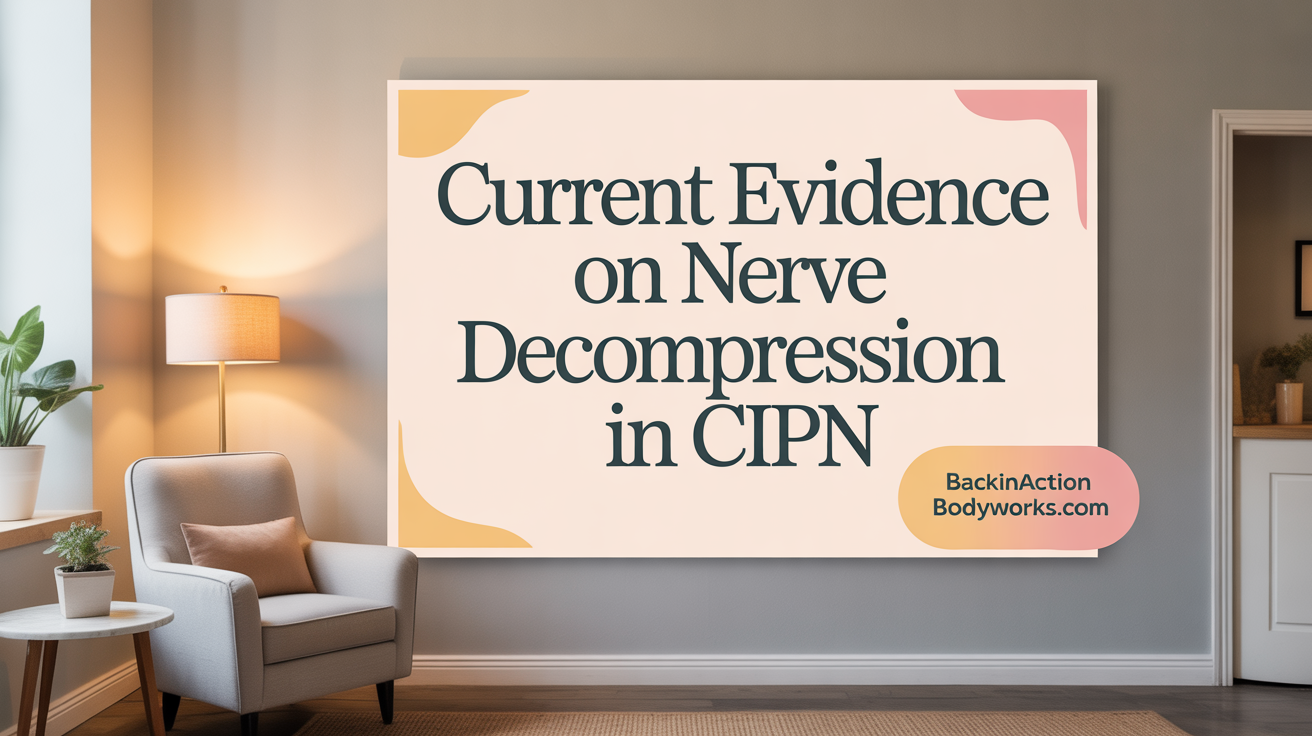
Studies on nerve decompression for CIPN
Research into nerve decompression as a treatment for chemotherapy-induced peripheral neuropathy (CIPN) is emerging but still limited. A small human study reported that patients experienced improvements following nerve decompression procedures, suggesting a potential benefit. Similar approaches have been used in diabetic neuropathy, with decompression of nerves like the tibial nerve reducing ulceration and amputation risks. These findings imply that relieving nerve pressure could help manage CIPN symptoms, especially in cases unresponsive to conventional treatments.
Objective measures like gait analysis and quantitative sensory testing (QST)
Gait analysis and QST are becoming valuable tools for objectively assessing nerve function in CIPN patients. Improvements in gait—such as distance walked, speed, and step count—have been observed after spinal cord stimulation (SCS), indicating increased mobility. Likewise, QST evaluations showed enhanced sensory responses, with increased touch thresholds and better responses to temperature stimuli. These measures not only track nerve recovery but also correlate with patient-reported pain relief, providing clinicians with quantifiable data.
Surgery and spinal cord stimulation insights
Spinal cord stimulation (SCS), especially with burst and tonic waveforms, has demonstrated promising results in alleviating neuropathic pain and improving sensory function in CIPN. Patients undergoing SCS showed significant improvements in gait and sensation, hinting at modulation of nerve pathways involved in small fiber neuropathy. Furthermore, decompression surgeries targeting common entrapment sites—such as carpal or tarsal tunnels—have shown potential in relieving nerve pressure, with some patients experiencing symptom regression over months.
Comparison with diabetic neuropathy decompression data
Insights from diabetic neuropathy management reveal that nerve decompression can significantly alter disease progression and prevent ulcers or amputations. Techniques like decompression of the distal tibial nerve have been beneficial in changing the natural course of diabetic nerve damage. These parallels suggest that similar decompression strategies could benefit CIPN patients, especially those with nerve compression identified via imaging. Overall, combining objective assessment tools with surgical interventions offers a promising avenue for improving long-term outcomes in CIPN management.
| Aspect | Details | Additional Notes |
|---|---|---|
| Study on nerve decompression | Small case series show symptom improvement | Long-term data limited |
| Objective assessment tools | Gait and QST measures used to evaluate progress | Correlate with pain relief |
| Surgical options | Decompression and spinal cord stimulation | Target nerve entrapments and modulate pathways |
| Comparison with diabetic neuropathy | Proven benefits in ulcer and amputation reduction | Potential application in CIPN |
| Risks and considerations | Surgical risks include infection, nerve damage | Patient selection crucial |
Understanding the long-term benefits of nerve decompression in CIPN remains an active field. While current evidence is promising, more extensive clinical trials are needed to establish definitive outcomes and standardized protocols.
Evaluating Benefits, Risks, and Patient Considerations
Symptom relief and functional improvement
Both spinal cord stimulation (SCS) and nerve decompression surgeries have demonstrated promising results in improving neural function and reducing symptoms of peripheral neuropathy, especially CIPN. Patients have experienced better gait performance, with increased walking distance, balanced steps, and faster ambulation. Quantitative sensory testing (QST) further confirms sensory improvements, showing heightened touch sensitivity and better responses to temperature changes. These enhancements are meaningful, as they translate into improved mobility and quality of life.
Potential complications and risks of decompression procedures
Decompression surgeries, while often effective, are not without risks. Common risks include infection, bleeding, nerve injury, or even temporary or permanent paralysis in rare cases. The procedures usually involve removing bone or compressive tissue to relieve nerve pressure, which can sometimes lead to complications related to the surgical site. Proper patient selection and surgical technique are crucial to minimize these risks.
Patient selection criteria and outcome predictors
Effective outcomes depend heavily on selecting suitable candidates. Factors like the presence of a positive Tinel's sign, clear imaging evidence of nerve compression, and a history of symptom correlation are important. Patients with symptoms consistent with nerve entrapment or spinal canal stenosis tend to benefit the most. Early intervention in appropriate cases also seems to predict better results, emphasizing the value of thorough clinical and electrophysiological assessments.
Durability of symptom improvement
Evidence suggests that the benefits of decompression can be long-lasting. Many patients report sustained symptom relief for months or even years post-surgery. However, follow-up durations vary, and some cases may require additional interventions. Continuous research is needed to better understand the long-term durability, especially in patients with chemotherapy-induced neuropathy, where data are still emerging.
| Aspect | Details | Additional Info |
|---|---|---|
| Approaches | Surgical decompression (laminectomy, discectomy) | Targeting spinal or peripheral nerve compression |
| Risks | Infection, nerve injury, blood clots | Varies based on procedure complexity |
| Outcomes | Improved mobility, pain relief | Measured through gait tests, QST, patient feedback |
| Patient Selection | Positive Tinel's sign, clear imaging | Crucial for surgical success |
| Long-term Effectiveness | Several months to years | More research needed for definitive data |
Future Directions and Integration with Multimodal Therapies

Need for standardized assessment tools like QST and gait analysis
Recent advances highlight the potential of objective measures such as gait analysis and quantitative sensory testing (QST) in evaluating peripheral nerve recovery in conditions like chemotherapy-induced peripheral neuropathy (CIPN). These tools can detect subtle changes in sensory and motor function, correlating with patient-reported pain relief.
However, their clinical application remains limited by a lack of standardization. Developing uniform protocols for using these assessments in practice will improve comparability across studies and help clinicians track patients’ progress more accurately.
Role of combination therapies such as acupuncture and pharmacologic management
Integrating different treatment modalities offers hope for better symptom control. For instance, a study at the University Medical Center Hamburg-Eppendorf demonstrated that acupuncture improved nerve conduction parameters and subjective symptoms in CIPN patients.
Coupling such non-invasive approaches with pharmacological therapies, including nerve decompression surgery or spinal cord stimulation (SCS), could enhance outcomes. Combining therapies targets multiple pathways involved in nerve repair and pain modulation.
Research gaps and recommendations for clinical practice
While promising, current evidence for interventions like nerve decompression in CIPN stems from small case series and extrapolated data. Larger, controlled clinical trials are essential to establish definitive treatment protocols.
Further research should explore the long-term benefits, optimal timing, and patient selection criteria for surgical and non-surgical interventions. Clinicians are encouraged to consider multimodal approaches tailored to individual patient profiles, incorporating objective assessment tools to monitor progress and optimize therapy strategies.
Conclusion: Navigating the Path Forward with Spinal Decompression in CIPN
Spinal decompression therapy emerges as a promising intervention to mitigate the long-term effects of chemotherapy-induced peripheral neuropathy, offering potential improvements in nerve function and patient quality of life. While the current evidence, including surgical decompression and spinal cord stimulation studies, suggests beneficial outcomes, challenges remain regarding patient selection, optimizing treatment protocols, and understanding the exact mechanisms involved. Integrating spinal decompression within a multimodal therapeutic framework and employing objective monitoring tools could enhance clinical success. Continued research is essential to establish standardized guidelines and validate long-term efficacy, ultimately empowering patients and clinicians in managing this complex neuropathic condition.
References
- Psychophysical and Functional Outcomes in Chemotherapy ...
- Could Spinal Canal Compression be a Cause of Polyneuropathy?
- Decompression of Peripheral Nerve - an overview - ScienceDirect.com
- [PDF] Nerve Decompression for Chemotherapy-Induced Neuropathic Pain
- Acupuncture improves chemotherapy-induced neuropathy explored ...
- Nerve Decompression for Chemotherapy-Induced Neuropathic Pain
- Lumbar decompression surgery - NHS
- Q&A: How to cope with peripheral neuropathy during cancer treatment
Recent articles
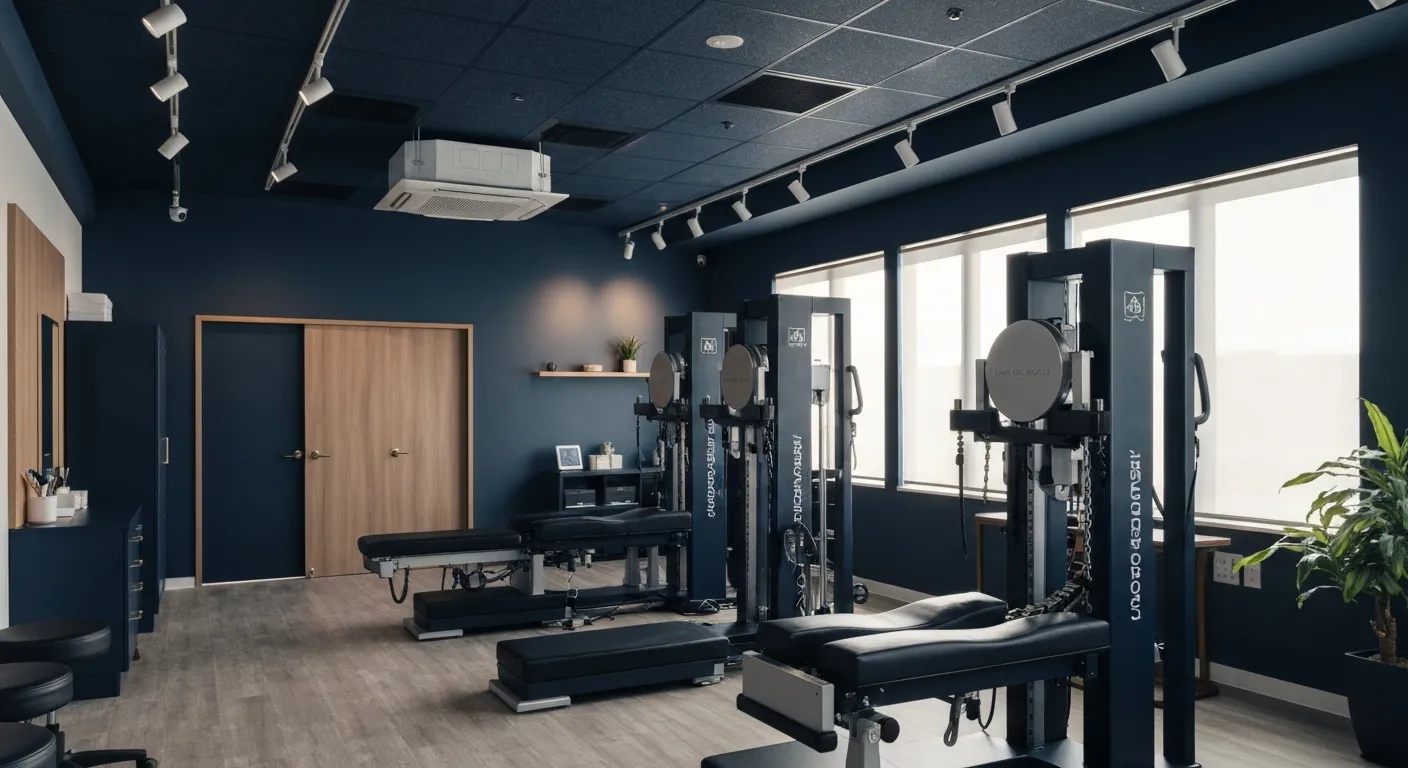
Sciatica Relief Through Targeted Spinal Decompression

Integrating Physiotherapy with Chiropractic Treatments for Better Results

Testimonials That Demonstrate the Benefits of Chiropractic Care

The Power of Corrective Exercises in Pain Management

A Step-by-Step Guide to Your Initial Chiropractic Consultation

9 Nutritional Tips to Enhance Your Chiropractic Wellness Journey

Patient Experiences: How Chiropractic Care Changed Their Lives

Lifestyle Recommendations to Keep Your Spine in Top Shape

Effective Corrective Exercises for Long-Term Pain Relief

Back Pain Benefits: What Chiropractic Care Can Do for You
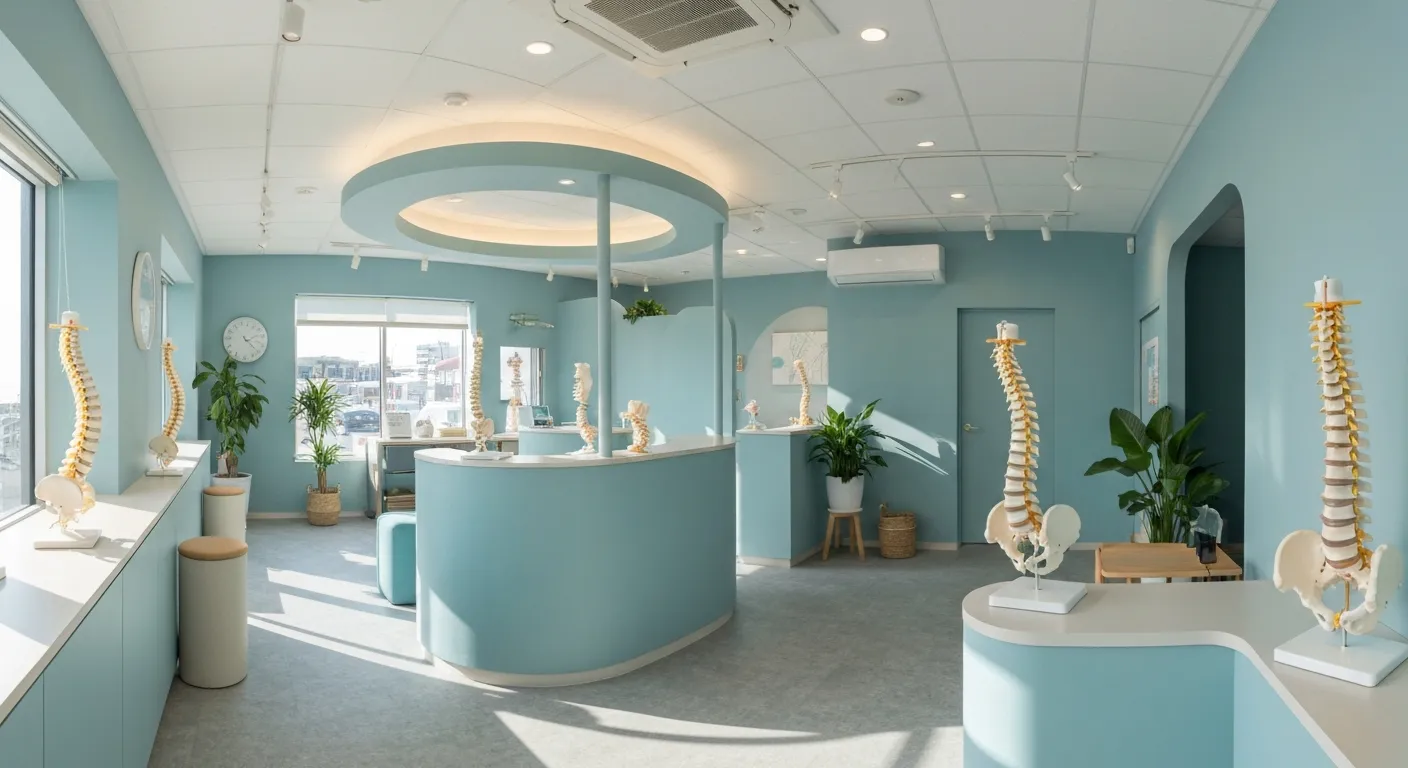
Spinal Decompression Techniques for Effective Sciatica Relief
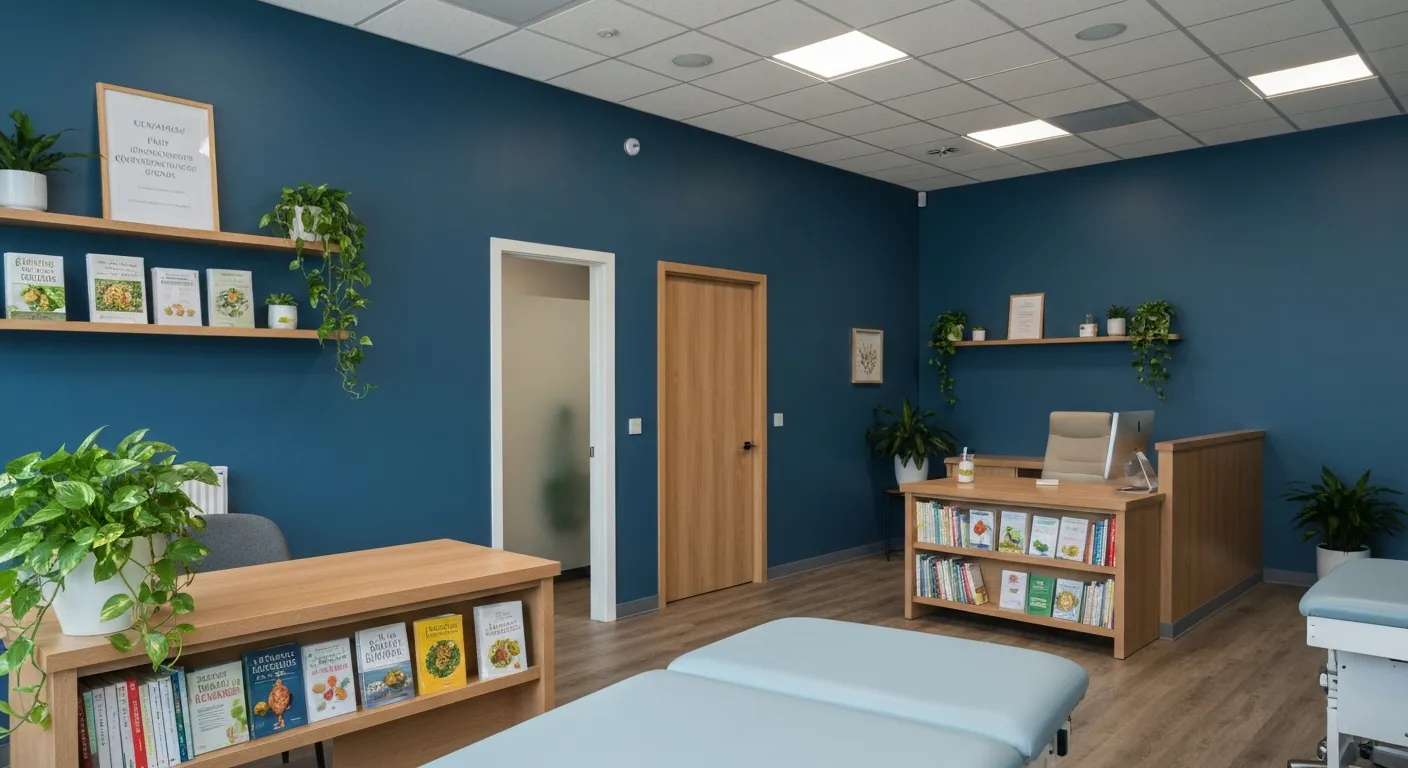
Top Nutritional Counseling Tips for Enhanced Wellness
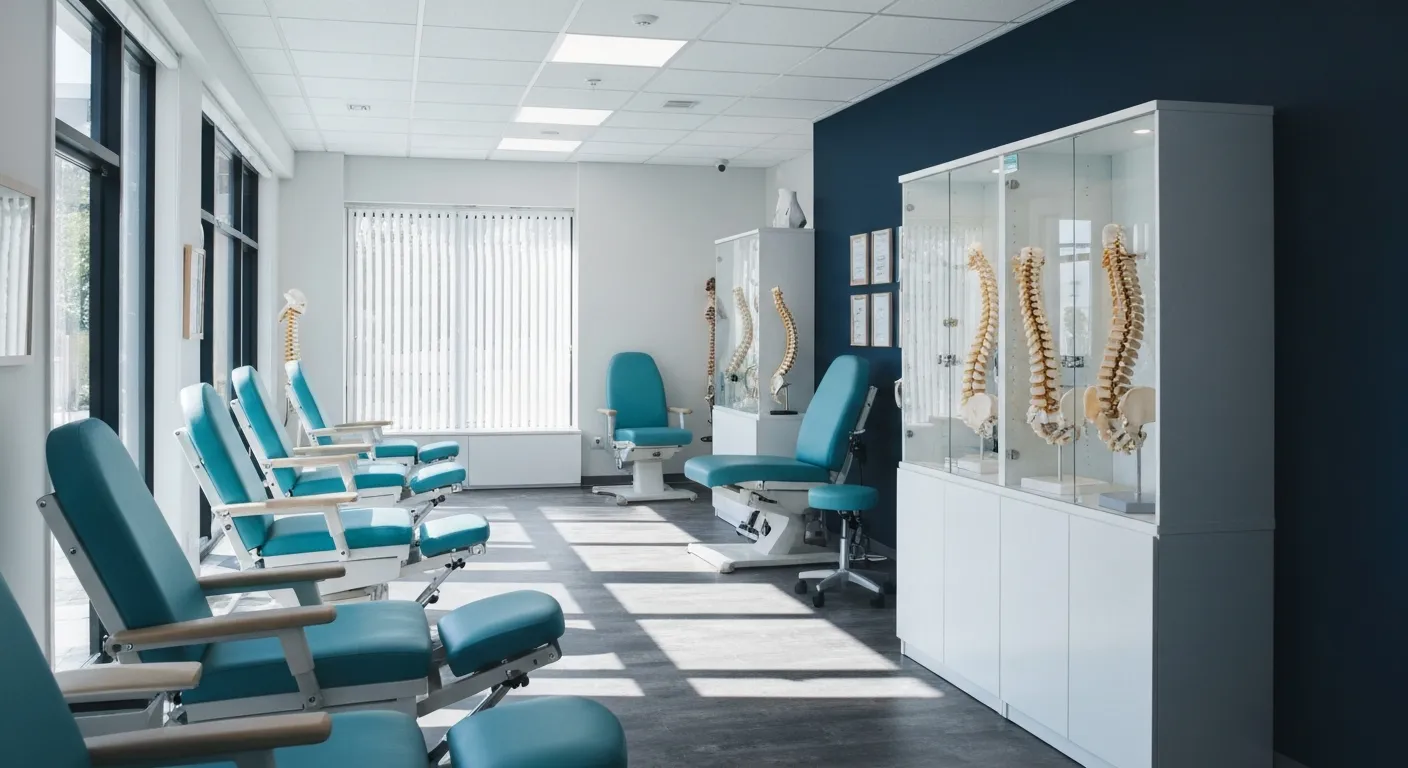
6 Lifestyle Habits That Boost Spine Health Daily

Discover Holistic and Non-Surgical Pain Relief Solutions

Exploring Holistic and Non-Surgical Treatment Options for Pain
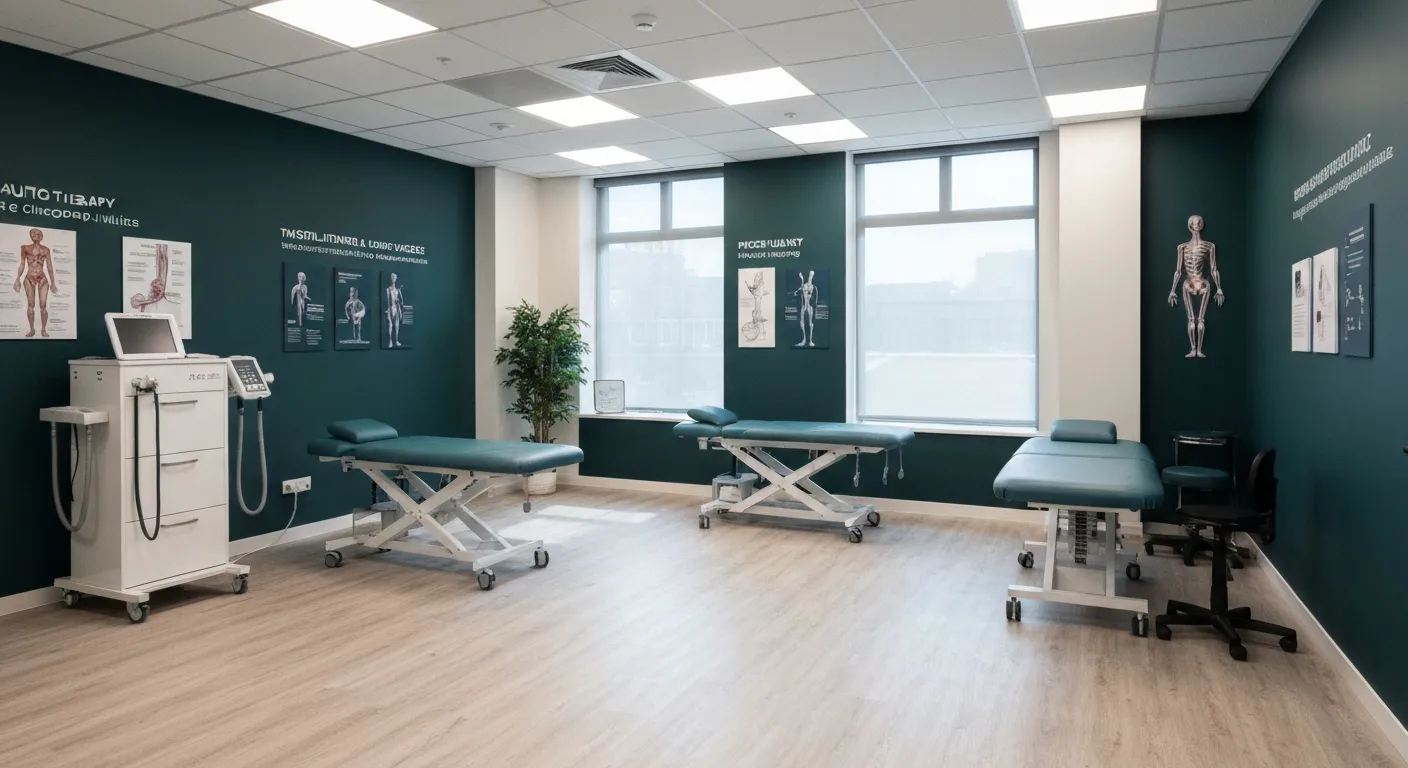
The Role of Physiotherapy in Enhancing Chiropractic Care Outcomes

Complementing Chiropractic Care with Physiotherapy: What You Need to Know
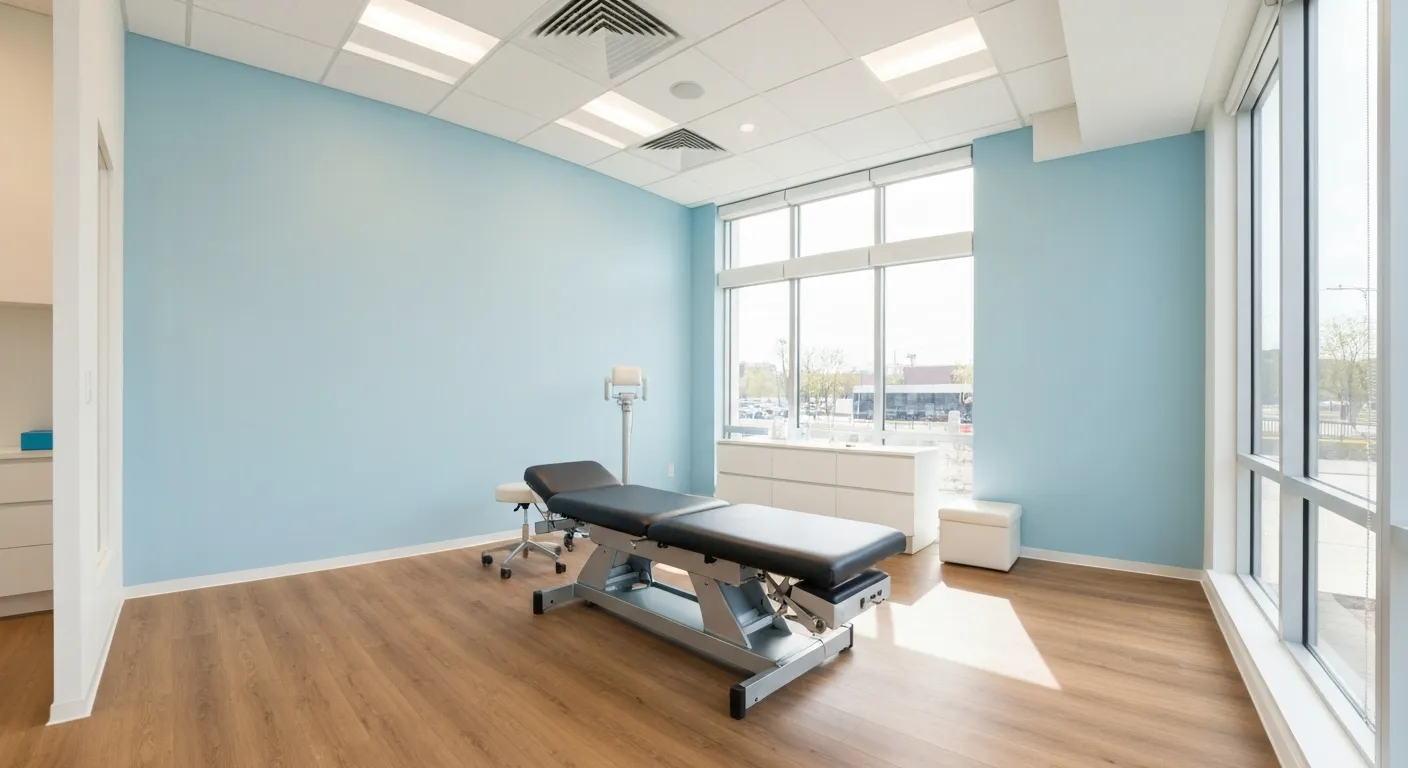
What to Expect During Your First Chiropractic Visit

Simple Lifestyle Adjustments to Maintain a Healthy Spine

Personalized Nutritional Counseling for Improved Health Outcomes

Exploring Non-Surgical Treatments for Spine-Related Conditions

An Introduction to Spinal Decompression for Sciatica Patients

Transformative Success Stories: Patient Experiences with Chiropractic Treatments

Why Chiropractic Care Is Essential for Back Pain Relief

Addressing Underlying Causes Versus Symptom Management in Pain Care

The Role of Nutrition in Enhancing Chiropractic Treatment Effectiveness

Sciatica Treatment Options: Is Spinal Decompression Right for You?

Lifestyle Tips to Maintain a Healthy Spine and Prevent Back Issues

The Synergy Between Physiotherapy and Chiropractic Treatments

What Happens During Your Initial Chiropractic Consultation

Effective Corrective Exercises for Sustainable Pain Management

Taking a Root Cause Approach to Chronic Pain Management

Holistic Pain Management Techniques Without Surgery

How Patient Success Stories Validate Chiropractic Care Benefits

Spinal Decompression: Innovative Treatment for Sciatic Nerve Pain

Spinal Decompression Therapy: A Non-Invasive Approach to Sciatica Relief

Exploring Holistic Approaches Beyond Surgery for Pain Relief

Practical Lifestyle Advice to Support a Healthy Spine Every Day

Corrective Exercise Routines Designed for Long-Term Pain Prevention

Real Patient Stories: Overcoming Chronic Pain with Chiropractic Care

Lifestyle Changes That Promote a Healthy Spine and Prevent Injury

How Addressing the Root Cause of Pain Leads to Lasting Relief

Non-Surgical Holistic Therapies to Manage Chronic Pain Effectively

Nutritional Counseling's Impact on Physical Health and Healing

Benefits of Regular Chiropractic Care for a Stronger Back

Your First Chiropractic Visit: What to Expect and How to Prepare

Patient Experiences: How Chiropractic Care Transformed Their Lives

Exploring Holistic, Non-Surgical Options for Pain Management

Combining Physiotherapy with Chiropractic Treatments for Enhanced Recovery

Holistic Treatments That Offer Alternatives to Surgery for Pain Relief

Corrective Exercise Strategies for Long-Term Spine Health

How Physiotherapy Complements Chiropractic Adjustments for Better Outcomes

First-Time Chiropractic Visitors: What You Should Know

Understanding the Importance of Treating Pain at Its Source

Adopting Lifestyle Changes to Support Your Spine's Wellness

Utilizing Physiotherapy to Enhance Chiropractic Treatment Outcomes

The Key Advantages of Chiropractic Care for Back Pain Sufferers

Why Focusing on Root Causes Improves Pain Treatment Success

Corrective Exercises That Promote Lasting Pain Relief and Mobility

Sciatica Relief Through Targeted Spinal Decompression Techniques

Preparing for Your First Chiropractic Appointment with Confidence

Healthy Lifestyle Habits for Maintaining Spinal Alignment

Success Stories Highlighting Chiropractic's Role in Pain Recovery

Top Benefits of Chiropractic Care for Chronic Back Pain

Nutrition Tips to Boost Your Overall Wellness and Recovery

How Chiropractic Care Alleviates Back Pain Naturally

How Nutritional Counseling Supports Overall Wellness and Spine Health

Step-by-Step Guide to Your First Visit with a Chiropractor

Using Nutrition to Support Chiropractic and Overall Wellness

Integrating Physiotherapy in Your Chiropractic Healing Journey

How Physiotherapy Complements Chiropractic Adjustments for Faster Healing

Lifestyle Tips for Maintaining a Healthy Spine and Preventing Back Pain

Heartwarming Patient Testimonials Highlighting Chiropractic Success

How Proper Nutrition Supports Chiropractic and Physiotherapy Treatments

Combining Physiotherapy and Chiropractic Treatments for Optimal Recovery

Why Chiropractic Treatments Are Effective for Managing Back Pain

Choosing a Chiropractor: Tips for Finding a Trusted Provider

Integrating Physiotherapy and Chiropractic: Benefits and What to Expect

How Tailored Corrective Exercises Can Aid in Pain Management

Chiropractic Care: A Proven Solution for Alleviating Back Pain

What to Expect at Your First Chiropractic Visit: A Comprehensive Guide

The Importance of Root Cause Analysis in Effective Pain Management

The Role of Corrective Exercises in Sustaining Pain-Free Living

Combining Chiropractic and Physiotherapy for Comprehensive Pain Relief

How Addressing Underlying Causes Improves Pain Treatment Effectiveness

Maintaining Spinal Health Through Lifestyle Changes and Preventive Care

Understanding the Benefits of Chiropractic Adjustments for Back Pain Sufferers

Spinal Decompression Therapy: A New Hope for Sciatica Relief

Lifestyle Recommendations to Support a Healthy Spine and Reduce Pain

Choosing the Right Chiropractor: Key Factors to Consider Before Your First Appointment

Non-Invasive Treatment Alternatives: A Holistic Approach to Pain Relief

Corrective Exercises to Support Long-Term Relief from Chronic Pain

Exploring Non-Surgical Approaches to Spine Health and Wellness

Tips for Daily Habits That Keep Your Spine Strong

Success Stories: How Chiropractic Treatments Changed Lives

Why Focusing on the Root Cause of Pain Leads to Better Outcomes

Nutritional Counseling and Its Impact on Overall Wellness and Recovery

Patient Testimonials That Showcase the Power of Chiropractic Care

Preparing for Your First Chiropractic Appointment: What You Need to Know

